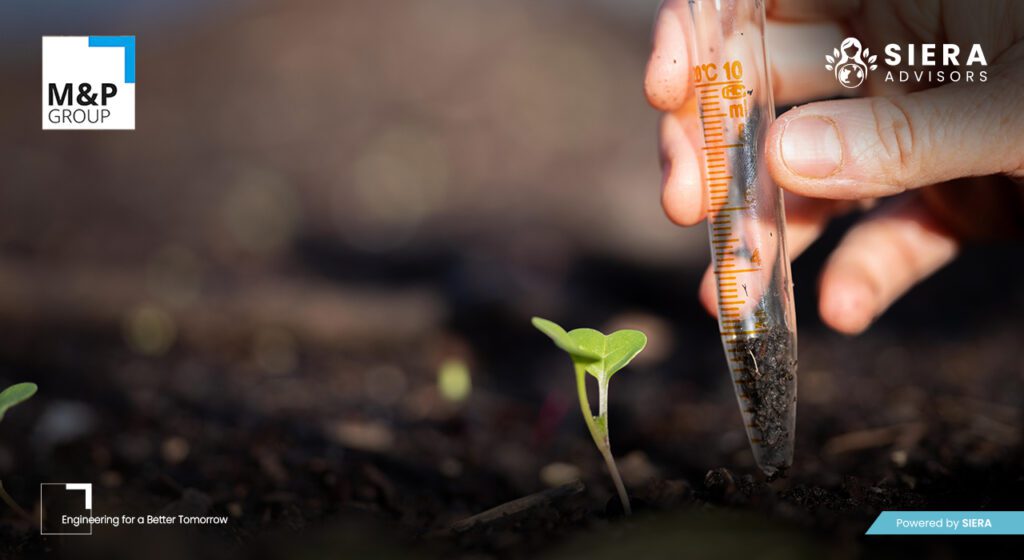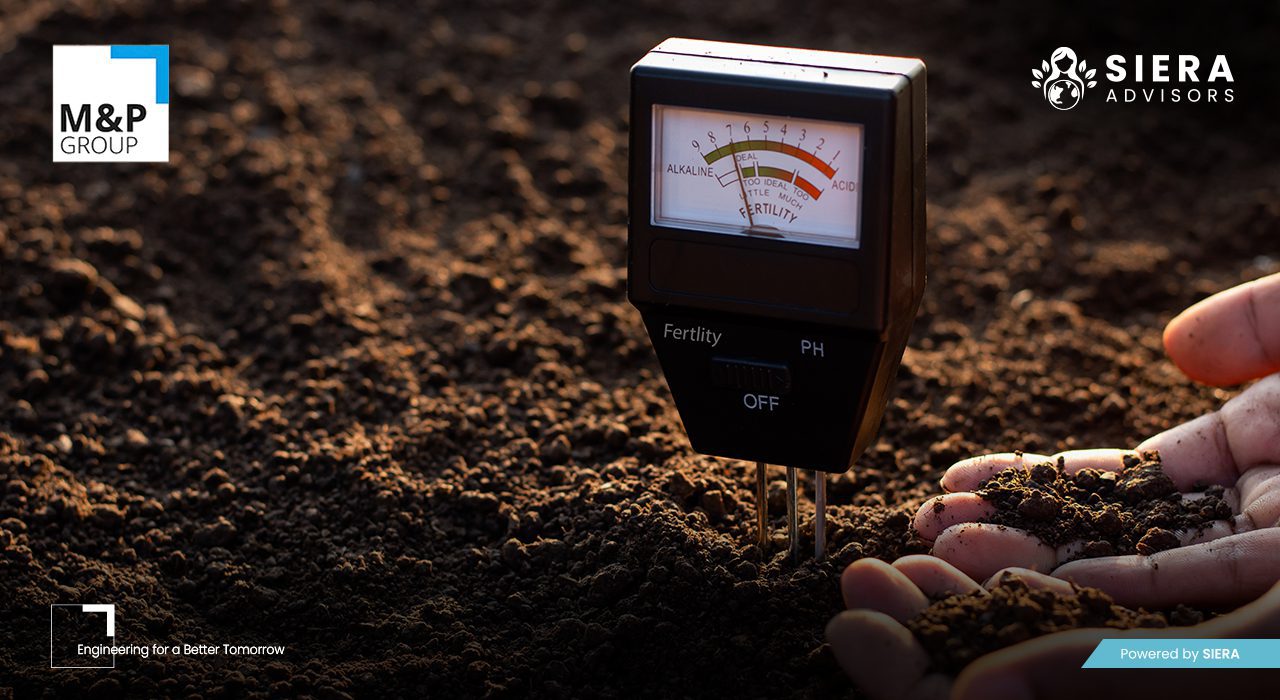In recent years, the modernisation of energy infrastructure has gained momentum, with transmission system operators playing a central role. With the transition to more environmentally friendly energy solutions, projects such as the construction of underground cables are crucial to achieving national and European climate targets. However, these projects face particular challenges - especially the protection of historic plaggenesch soils. These soils are not only an important part of agricultural history, but also essential for understanding past and present environmental conditions.
What are plaggenesch soils and why are they important?
Plaggenesch soils, also known as Esch soils, have been formed over centuries by human activity - in particular by the practice of applying plaggen (thin sods of grass) and manure to agricultural land. These soils have a humus-rich top layer that has built up over time to a depth of up to 1.5 metres. As natural archives, they provide valuable insights into historical agricultural techniques, soil stratigraphy and overarching climate changes.
In Germany, these soils are classified as Soils of archival and cultural history recognised and are subject to national soil protection legislation. This is particularly relevant as the construction of underground cables can affect these unique soils. Their protection not only preserves our agricultural history, but also crucial data on historical environmental and climatic conditions.


Challenges and solutions in modern infrastructure projects
The expansion of critical infrastructure, particularly for renewable energies, centres on the challenge of reconciling technological progress with soil protection. A recent study shows that 40 % of all underground cable projects in Germany cross areas containing significant plaggenesch soils. These soils are particularly sensitive to soil moisture and groundwater levels, which is why comprehensive moisture monitoring is required during construction work to prevent their degradation.
In 2024, construction projects were particularly affected by unusually high soil moisture levels - in some regions, the groundwater level was around 30 % above the seasonal average. While these conditions make archaeological excavations difficult, they also offer a unique opportunity for archaeologists to explore hidden relics of past human activity. Through Real-time monitoring of soil moisture and the flexible adjustment of construction times, project teams were able to minimise disruption while preserving the integrity of the floors.
Statistical findings and forecasts on soil protection
- Groundwater level in the affected construction areas are expected to be further reduced by 2030. 10 % risedue to changes in precipitation patterns as a result of climate change.
- At least 25 % of soils affected by construction projects are considered susceptible to Erosion or degradationif they are not properly protected - a key aspect of environmentally conscious construction planning.
- Over the next five years, transmission system operators are expected to generate more than 500 million euros invest in the construction of underground cables, whereby about 15 % of the budget for Soil protection measures such as soil stratigraphy analyses and archaeological monitoring of the construction work are planned.
Climate change, soil and national goals
The close connection between Soil and climate change is becoming increasingly clear. With the changing climate patterns, the Soil resilience - especially of plaggenesch soils - is being put to the test. A recent government report predicts that climate change and soil degradation will jeopardise the could reduce the carbon storage capacity of these soils by up to 20 % by 2050unless protective measures are taken.
The Integration of soil protection in infrastructure projects offers a solution, however. Through scientifically sound approaches such as Soil moisture monitoring and the adaptation of construction work to groundwater levels, these projects actively contribute to the Reduction of the CO₂ footprint to this. The protection of historical soil archives and the sustainable development of the environment are therefore inextricably linked.


A holistic approach to sustainable development
The protection of plaggenesch soils is much more than a mere Nature conservation measure - It is a forward-looking strategy that works with the national climate targets is in line with this. These projects make a direct contribution to Germany's ambitious plan to Reduce CO₂ emissions by 65 % by 2030as in the Climate protection programme of the German government is determined. As the Underground cable construction plays a key role in the transition to renewable energies soil protection becomes an indispensable component of ecological sustainability.
Several initiatives have already been implemented and experts predict that these measures will prevent the loss of up to 5 million tonnes of soil over the next ten years. In addition, a study by the Soil Protection Institutethat Every euro invested in soil protection saves €3 in environmental and agricultural costs in the long term is saved - a clear indication of the economic benefits of these sustainable measures.
Engineering for a better future: preserving the past, securing the future
The close co-operation between Transmission system operators, archaeologists and soil scientists ensures that the construction of underground cables both respects history as well as the sustainability of the future guaranteed. Through Careful excavations and soil stratigraphy analyses these teams protect valuable historical records and at the same time actively contribute to the Mitigating the effects of climate change with.
By 2030, Germany is aiming for a Leading role in soil protection for construction projects with the aim that up to 90 % of construction sites comply with strict soil protection protocols. These measures are intended to 15%arget reduction in construction-related CO₂ emissions and thus worldwide standards how large infrastructure projects with Environmental protection can be harmonised.
The Protection of plaggenesch soils ensures that future generations will continue to have access to the invaluable data in these agricultural archives - and at the same time to a greener, more sustainable future contribute. This balance between Innovation and preservation emphasises the central role of the Engineering in shaping a better future that respects both the past and our planet.

